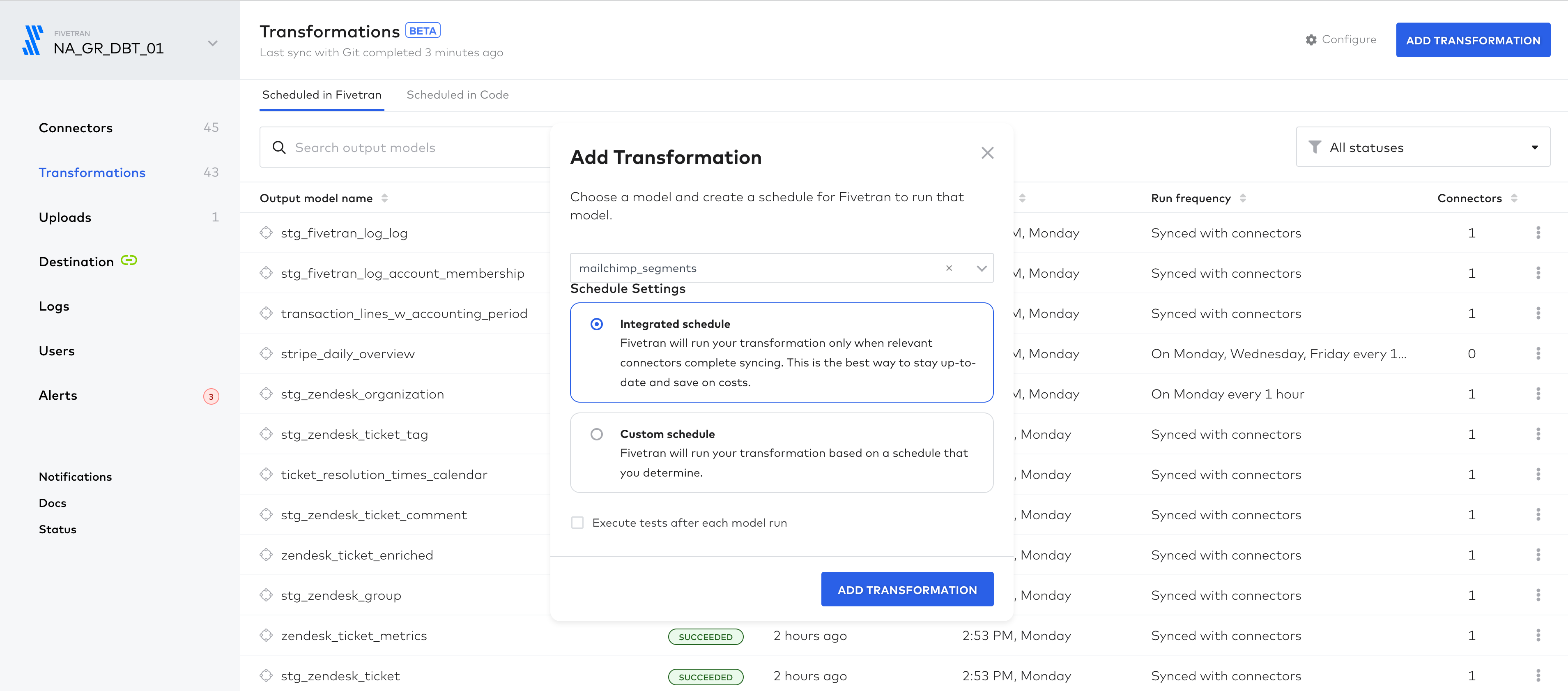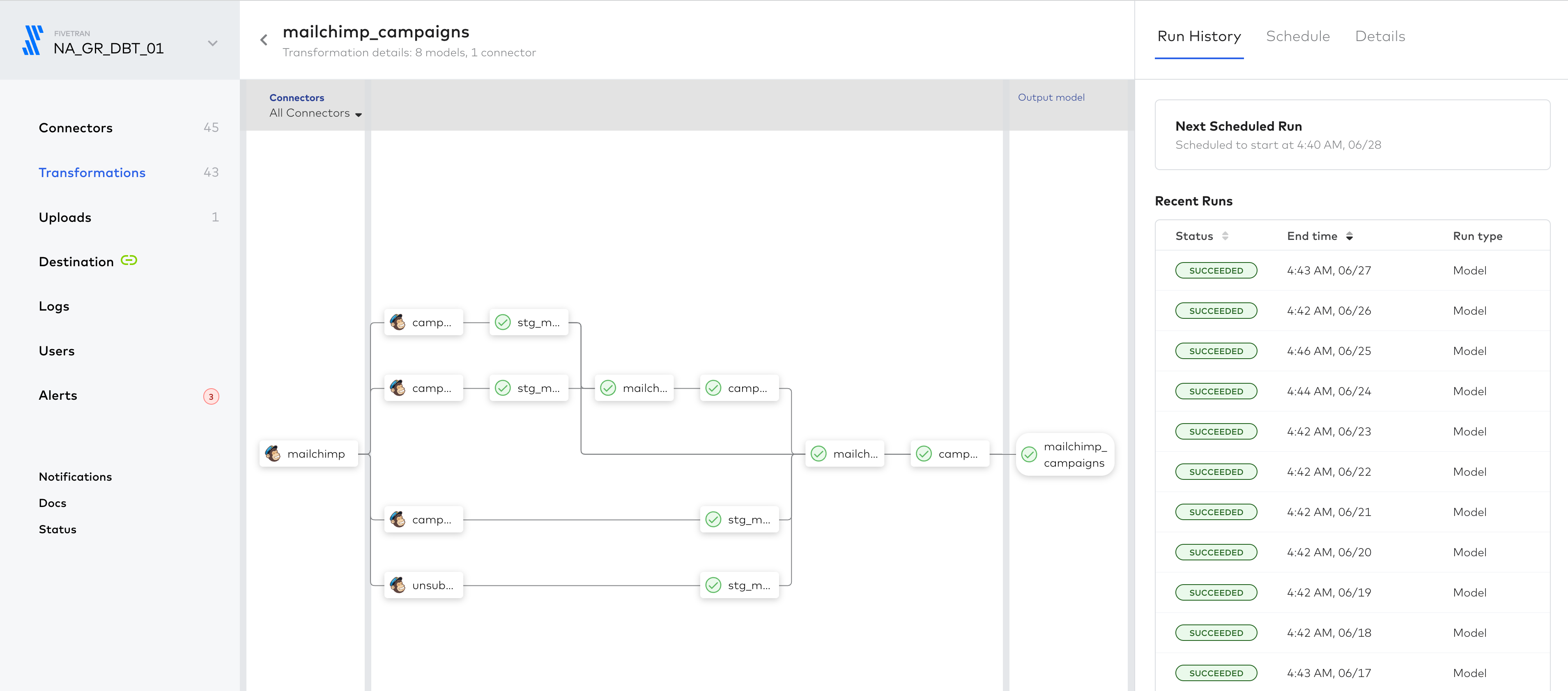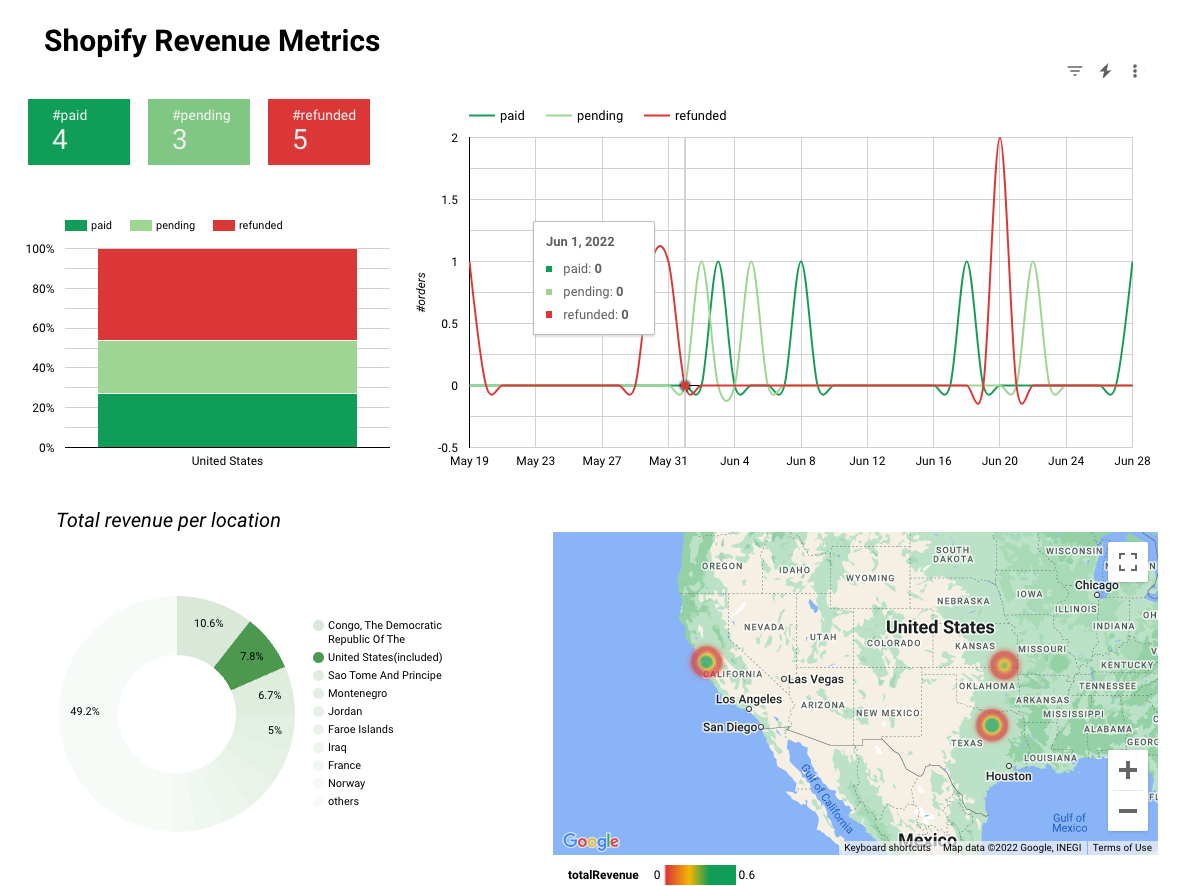Three ways to transform your data analyst processes
Sixty-eight percent of data professionals say more insights could be extracted from existing data if they only had the time, according to the 2021 State of Data Engineers survey. Too often, data analysts are spending their time on repeatable, manual processes that are necessary, but low impact. This is not only frustrating for data analysts, but a potential bottleneck for leaner teams. Especially as teams become leaner and analysts take on more responsibility in modeling and transforming data, freeing up time for engineers to focus on more technical work.
Wouldn’t it be great if there was a way to regain some of that time and reallocate it to more interesting, impactful work? Especially if that solution is free to use and saves you money? That’s where our free Fivetran Transformations for dbt Core* can help.
Let’s explore three ways Fivetran Transformations helps data analysts transform their daily processes.
Decrease time to insight with reusable, modular data models
Data can be confusing, especially if it’s from an unfamiliar data source. This often leads to bottlenecks, as analysts are spending more time writing SQL schemas than they are uncovering insights. Fortunately, thanks to the open-source and modular nature of dbt Core, a community of experts is here to help.
Fivetran data models are pre-built SQL models that provide analysts out-of-the-box reporting for popular data source connectors — including Zendesk, Hubspot, Stripe, Salesforce — and even multi-source rollups like our ads reporting or new app reporting data models. Given they are open-source, analysts can customize each model with business specific logic - which we help expedite with our dbt Wizard for Visual Studio Code. This means, analysts spend less time on the basics and more time uncovering business-driving insights.
The Quickbooks [data models] have easily saved me weeks of development time. I can now devote more time to actually analyzing the data rather than worrying about whether or not it's modeled correctly or whether it's been properly tested. --- James Ayoub, senior analyst of operations, Dandelion Energy
Reduce data latency through synchronized EL and T
Transforming data, even when you understand it, is not simple. Analysts rely on manual processes or time-scheduled crons. But, what if something upstream in your data pipelines changes? Worst case scenario is your team does not catch this in time and you end up with inaccurate — or missing — data in your stakeholders’ reporting. This is not only inconvenient, but erodes hard earned trust.
Fortunately, Fivetran has a solution. As a provider of your data pipelines, we know when data is successfully loaded into your data warehouse. Our integrated scheduling feature — fully synchronized and automated — orchestrates your dbt transformation. No manual processes or costly repeated cron jobs required. This reduces computational cost and data latency while preserving analysts’ time and trust.

Increase observability with ELT data lineage graphs
Even the best laid plans go awry. And the same can be said for data pipelines. An error on a dashboard can cause panic and fire alarms, as people scramble to find the source. But, finding that source is not always easy. If a data team relies on multiple platforms and processes, they might spend more time identifying the issue than remedying it.
What analysts need is increased observability: A way to monitor and act on issues in their data pipeline, from one, central location. Fivetran’s data lineage graph centralizes your ELT in Fivetran to help you visualize your entire data movement, giving you insights into status, stats and logs. This makes remedying any hiccups that much easier, as you spend less time monitoring and more time fixing. We will even send you a real-time alert if something goes wrong, meaning you can act before your aligned stakeholders are even aware.
Seeing these principles applied in practice
Annie and her team of data analysts, who work at a midsize retailer, recently switched to Shopify’s ecommerce platform. While she’s excited for the transition, she’s unfamiliar with the data.
She has easy access to the data with Fivetran’s connector. But, she doesn’t know how to efficiently prepare the data for analysis. Fortunately, Fivetran built an open-source Shopify data model that performs basic transformations helping her understand the data and save time.
The report built on the Shopify data is used every morning in sales stand-ups, so the data needs to be transformed in a timely manner. Any data latency issues reduce her efficiency and erode trust between teams. With integrated scheduling, she automates the orchestration of her dbt transformations to run in synchronization with the connector load.

Now she knows that as soon as the data is available, it’s properly transformed and ready for analysis. The data is flowing smoothly and the stakeholders are getting the insights they need, without issue.
But, one day, she receives an alert that the transformation failed. The data lineage graph allows her to quickly identify the issue and take the immediate action. She remedies the issue and her stakeholders receive their insights on time, with additional analysis she was able to pull with her time saved.

To start your transformations journey, sign-up for our monthly Hands on Lab for Fivetran Transformations for dbt Core. Or reach out to transformations@fivetran.com to learn more.
*dbt Core is a trademark of dbt Labs, Inc. All rights therein are reserved to dbt Labs, Inc. Fivetran Transformations is not a product or service of or endorsed by dbt Labs, Inc.











































.svg)
.svg)
.svg)